Note If you use networkx version 1.11 or earlier, see the note at the end.
The following assumes that each node has an attribute assigned to it telling whether it is the left or right child of its parent. So you'll have to assign this - by default a graph does not have any concept of this. Perhaps it might be possible to convince the networkx people to make a new class of graph which is a binary tree and stores this information automatically, but at present, it's not there. I don't know whether there would be enough interest to justify this.
import networkx as nx
def binary_tree_layout(G, root, width=1., vert_gap = 0.2, vert_loc = 0, xcenter = 0.5,
pos = None, parent = None):
'''If there is a cycle that is reachable from root, then this will see infinite recursion.
G: the graph
root: the root node of current branch
width: horizontal space allocated for this branch - avoids overlap with other branches
vert_gap: gap between levels of hierarchy
vert_loc: vertical location of root
xcenter: horizontal location of root
pos: a dict saying where all nodes go if they have been assigned
parent: parent of this branch.
each node has an attribute "left: or "right"'''
if pos == None:
pos = {root:(xcenter,vert_loc)}
else:
pos[root] = (xcenter, vert_loc)
neighbors = list(G.neighbors(root))
if parent != None:
neighbors.remove(parent)
if len(neighbors)!=0:
dx = width/2.
leftx = xcenter - dx/2
rightx = xcenter + dx/2
for neighbor in neighbors:
if G.nodes[neighbor]['child_status'] == 'left':
pos = binary_tree_layout(G,neighbor, width = dx, vert_gap = vert_gap,
vert_loc = vert_loc-vert_gap, xcenter=leftx, pos=pos,
parent = root)
elif G.nodes[neighbor]['child_status'] == 'right':
pos = binary_tree_layout(G,neighbor, width = dx, vert_gap = vert_gap,
vert_loc = vert_loc-vert_gap, xcenter=rightx, pos=pos,
parent = root)
return pos
Here is a sample call where I made even nodes into left children.
G= nx.Graph()
G.add_edges_from([(0,1),(0,2), (1,3), (1,4), (2,5), (2,6), (3,7)])
for node in G.nodes():
if node%2==0:
G.nodes[node]['child_status'] = 'left' #assign even to be left
else:
G.nodes[node]['child_status'] = 'right' #and odd to be right
pos = binary_tree_layout(G,0)
nx.draw(G, pos=pos, with_labels = True)

edit notes An earlier version of this answer worked for networkx version 1.11 and earlier. If you need it, please open the edit history and use the 2nd version of this answer.



